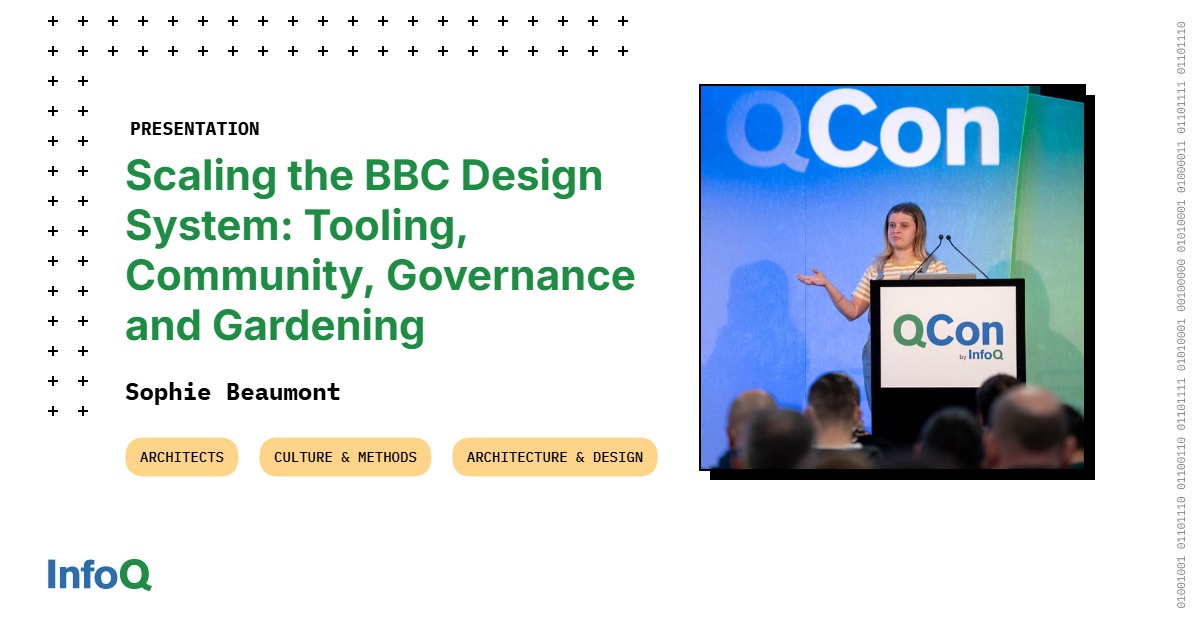Brian Bacon, CEO Mentor. Oxford Leadership Founder and chair. Strategy adviser of the Fortune 50 (1m+ alumni).
Imagine that you are confronted with a management chamber crisis or a market opportunity, knowing that you can invoke the combined super powers of the most creative, diverse spirits of your organization that decisions of high efforts in real team victories. In the AI era, leadership is not about the smartest in the room; The point is to use the human and digital orchestra at your disposal.
Why is collective human intelligence more vital than ever with advanced AI-like GPT and perplexity in every executive toolkit? As Amit Ray writes (registration requires): “As more and more artificial intelligence enters the world, more and more emotional intelligence leadership has to enter into.”
AI offers breathtaking speed and pattern recognition. But, like Rosalind Picard, with a fective computer use, reminds us: artificial intelligence can analyze emotions, but understanding it is a human characteristic.
The task of the leader is not only to put together talent, but also to cultivate-psychologically safe environments where different voices challenge each other, ask underlying assumptions and build real confidence.
When these perspectives connect – Across Engineering, Product, External Partners and Frontline teams – you form a living mosaic of insight that AI cannot see alone. The Tao learns (registration required): “A leader is best when people hardly know that he exists … When his work is ready, they will say:” We have done this ourselves. “
A plan to win
I had the privilege of guiding the C-suite of a large fast food chain during the most turbulent chapter in the history of the company. In the early 2000s, after decades of continuous growth, her fortunes fell: Three consecutive quarters of losses rattled investors, the share race decreased to lows and the crisis is suddenly two CEOS died. A total reset was needed.
Inspired by the Mantra of Ray Kroc: “None of us is as good as all of us,” The leaders of the chain realized that the answer is not found in the boardroom, but in utilizing the wisdom of employees, franchisees, customers and suppliers. This collective effort became the “plan to win” – a strategic blueprint with six integrated “iconic movements”: healthier, fresher menu offers; Modernization of the customer experience for speed and quality; embracing innovations such as self -service kiosken and digital order; in -depth franchise cooperation; Rapid global expansion; And reinvest marketing for a new digital generation.
The business impact was in -depth:
• The stock hit a low point; Four years later it had tripled and achieved more than $ 45 and new highlights.
• Turnover grew by 87%, the profit and the operational margins climbed strongly and the American sale rebuilt market leadership.
• Global sale of in the same store moved from flat/falling years of positive growth.
• Customer satisfaction increased with a new audience with menu and service modernization and strong campaigns.
This “plan to win” remains a textbook case of transformation – good that when an organization moves as one, transformational breakthroughs follow.
Speed up innovation
In the mid-2010, while I supervised the CEO of a semiconductor chip company and his global management team, I witnessed the interest in NFC-Tech Hinge on speed and cooperation. By forming a cross-functional ‘team’ of engineers, the company has shortened its NFC chip development cycle from 18 months to only three-the-core technology that would provide contactless payment and make mobile payments mainstream. The payment was dramatic: the income grew more than 13%, with the wave of a new acceptance of smartphone launch. By 2025, the world’s leading contactless payment platform was used for more than half of all mobile wallet transactions in the store in the US solving the market leadership of the chip company and illustrating what is possible when a team moves quickly and collectively in the light of change.
This pattern is universal in contemporary industrial disruptors:
• OpenAi’s GPT-4: Made by cross-disciplinary teams by constant debate and creative tension.
• Google DeepMind’s Alphafold: Solving the protein folding puzzle by uniting mathematicians, biologists and AI experts – impossible for a breakthrough due to one discipline alone.
• Tesla, Airbnb and Uber: All achieved a fast transformation, not through solo genius, but through targeted cooperation that brought every facet of the system to the table.
Whether you are implementing GPT-4 in Finance, Genai in Marketing or DeepMind’s Alpafold in Healthcare, the boundary is where algorithmic strictness meets the ethical, contextual, creative and intuitive wisdom of human teams. Sundar Pichai, the CEO of Google, it clearly states: “The future of AI is not about replacing people, it is about increasing human capacities.”
Practical tips for utilizing collective intelligence
• Framework for the correct question: Clarify the challenge and then use AI to reformulate, to simulate data or simulate new perspectives. Let the team guide the most important thing.
• Challenges assumptions – together: Invite the group (and your AI) to scan on hidden prejudices or risks. Harnas Sentiment/Bias detection to spot blind spots.
• Invite Devil’s Advocacy: Turn human and AI “opponents” to ask proposals and build resilience in your thinking.
• Mix disciplines and backgrounds: Combine technical, creative and domain expertise and use AI to scan sector sector solutions that nobody has considered.
• Braadly structured debate on: Use frameworks and AI-driven tools (mindmaps, clustering) to guarantee layered, multidimensional discussion.
• Making thinking visible: Leverage smart collaboration platforms that transcribe, clusters insights and show thinking in real time.
• Pause for reflection: Let people digit digital input in intentional silence before you decide.
• Reading, reviewing and recording: Debrief as a group, and with AI analysis, spot patterns and surface -continuous improvement.
• Continuous calibration: Ask routinely: “What has changed since our last review?” In both digital models and human context.
Last thoughts
Daniel Goleman, author of Emotional intelligence (Registration required), notes: “High levels of EQ lead to better communication, stronger mental health and improved cooperation with team members.”
Real leadership is not about algorithms or lonely geniuses. It is about harmonizing mutual dependencies, popping up the ethical, empathetic and creative potential of various teams and combining that with the best digital tools at your disposal. Real breakthroughs – organizational, technological or social – only run out when leaders use AI as an amplifier of human values, no replacement for them.
Forbes Coaches Council is a community with only invitation for leading business and career coaches. Do I qualify?









